Planting carrots in the open ground in spring
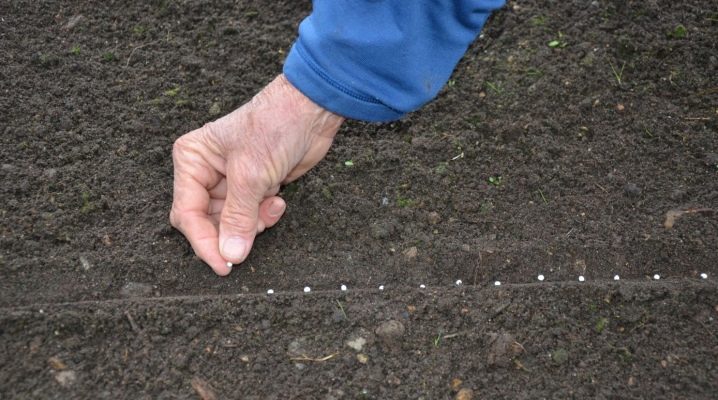
To say that carrots are a popular vegetable is almost an understatement. This is an extremely useful and essential for health root vegetable, which has a rich vitamin and mineral composition and many biologically active substances. It is not difficult to grow carrots - even a novice gardener can get a rich harvest, following simple agrotechnical rules.
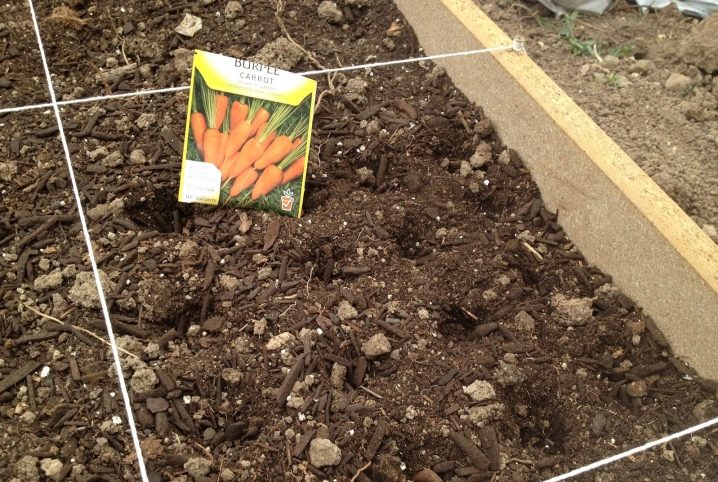
Timing
For carrots, as for any garden plant, there are certain planting dates. Their observance is of great importance for the quality and quantity of the crop. It is equally important to correlate the estimated timing with the ripeness category. Early ripening varieties can be planted later, but belated sowing of late ripening varieties can lead to the fact that the vegetable does not have time to gain the desired condition. The exact dates vary from early April to late May, depending on the region of cultivation. Roughly carrots are sown at a soil temperature of + 4–6ºC. Many people choose to plant lunar calendar... For example, in 2022, the following numbers are considered the most favorable for sowing carrots in spring and before winter:
Spring:
-
in March - 13 and 16, as well as 20 and 22;
-
in April - 1, 4, 6, 8 and 28;
-
in May - 2, 5, and 6;
-
in June - from 10 to 12, 20 and 22.
Winter:
-
in September - from 1 to 3, as well as 24, 26, 29;
-
in October - 2 and 4, from 21 to 24, 29 and 30;
-
in November - 1, 2 and 4, from 24 to 25 and from 29 to 30.
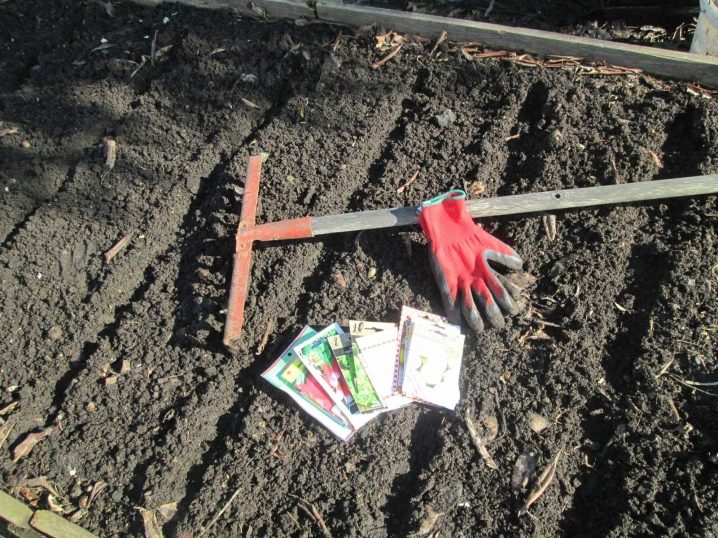
In addition to the lunar calendar, you should be guided by weather conditions. For sowing carrot seeds in open ground, warm, dry and calm weather is important. The latter factor will exclude the possibility of material scattering under the influence of wind gusts. Each region has its own terms, optimal for the climatic characteristics of the region. In the Leningrad region and the Moscow region this is one time, in the Urals and in Siberia it is completely different: tender seedlings are afraid of frost, so they sow there later. In the middle lane, spring sowing is carried out in April or early next month.

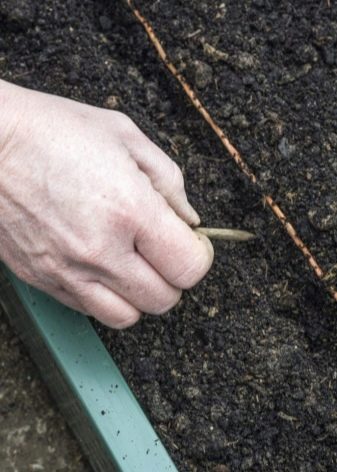
Preparation
For the successful cultivation of root crops, it is necessary to choose the right place and soil composition. It is from the observance of these factors that the taste of carrots and its yield depend. If the composition does not correspond to the recommended one, then it is worth paying special attention to this.
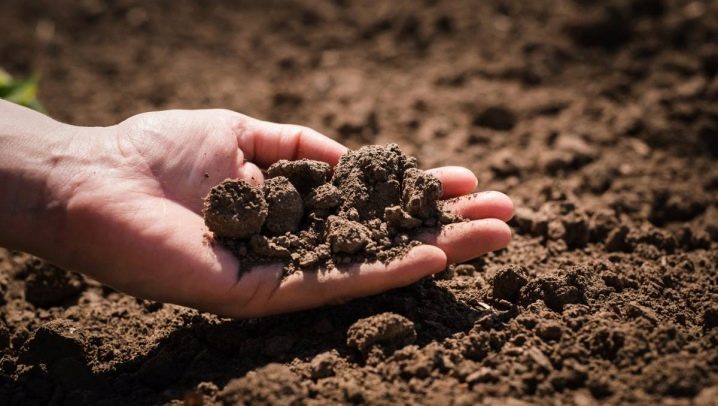
A place
It is very important to equip the beds in a well-lit place, completely devoid of shade. Even partial shade negatively affects the development of the plant. Loamy, sandy loam or peat soil should be breathable, with neutral acidity and a sufficient level of fertility. The beds should be prepared in advance, at least 3-4 weeks before planting.
-
Choose a site corresponding to the above parameters.
-
They clean the surface of the earth from debris and apply fertilizer superficially: per square meter 1 bucket of compost or humus with the addition of one glass of wood ash, bone meal, as well as 10 grams of superphosphate and potassium sulfate. Fresh manure should not be used, as this inevitably leads to clumsy root crops.
-
Heavy soil is refined the introduction of river sand and peat at the rate of 0.5 buckets per 1 sq. meter, because carrots love loose soil.
-
After that, the soil is dug to the depth of the bayonet of the shovel, removing the roots of weeds, and level with a rake.
About a week before sowing, the prepared bed should be spilled with hot water or a solution of the biofungicide "Fitosporin-M", and then covered with foil. During this time, the soil will warm up and be ready for sowing.
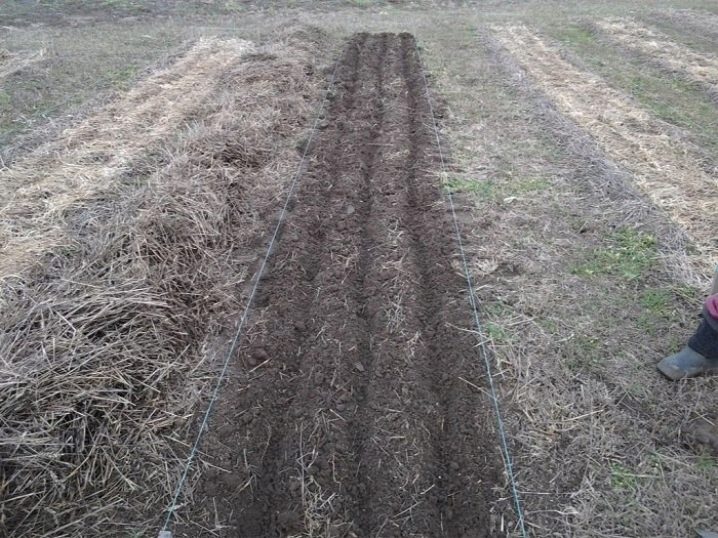
Planting material
The seeds of the culture germinate for a long time, so they are classified in a tightly similar category - it takes up to three weeks from sowing to the first shoots. This is due to the presence of a shell of essential oils that prevents moisture from entering. Given this feature, a preliminary preparation of seeds should be carried out.
-
Soaking in growth stimulants, for example: "Zirkone" or "Epine-extra". After the procedure, the seeds should be thoroughly dried to ensure flowability.
-
Bubbling... This exercise will help flush out the essential oils and is done with a bubbler or aquarium compressor. The water is heated to a temperature of 40ºC. The seeds are placed in a gauze "shell", then in a container with water and a bubbler. The process takes a day, after which the seeds are dried and applied to the soil.
-
Contrast heat treatment. The technology involves processing the seed in hot water at a temperature of 50–55ºC for a quarter of an hour. Then the seeds are kept in cold water for the same amount of time. A contrast bath helps to activate internal processes and increases germination.
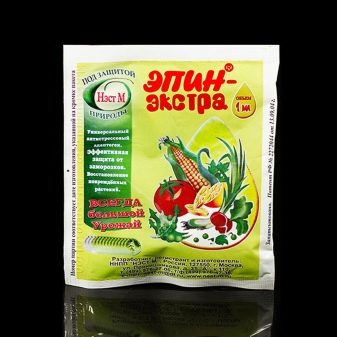
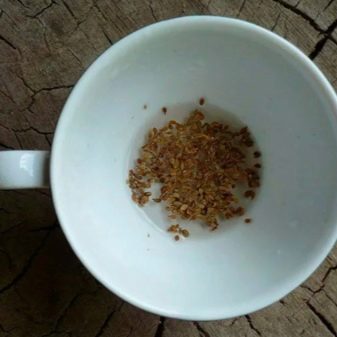
There is another method, but the least popular one for carrot seeds. it stratification... In early spring, the planting material is placed in a canvas bag, moistened and buried in the garden on a shovel bayonet, the procedure takes 2 weeks. During this time, the seeds swell, saturated with moisture, and begin to germinate. Sprouted seeds are dug up and introduced into prepared beds.
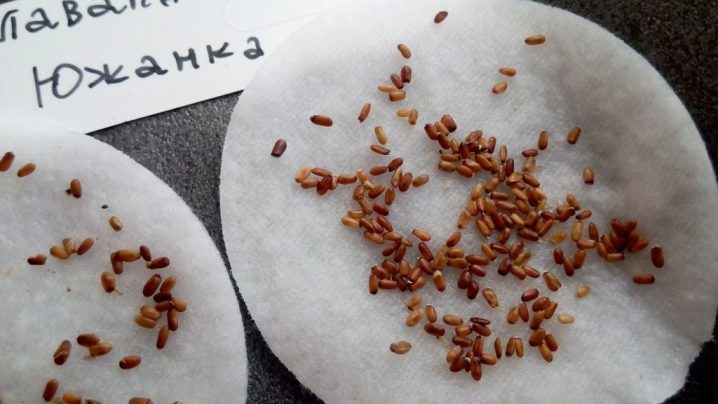
Schemes and methods of planting
For the successful cultivation of carrots, it is necessary to correctly position and fill its seeds. Sowing is carried out in several ways. What is the best planting, the gardener determines individually. In private gardens, a row planting scheme is usually used on long narrow beds, which are easy to care for by hand: water, loosen, weed. The distance between the lines is 15-30 cm, between each seed is 3-5 cm. The nuances depend on the availability of free land, its composition and the large-fruited variety.
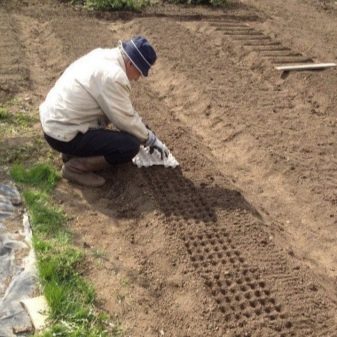
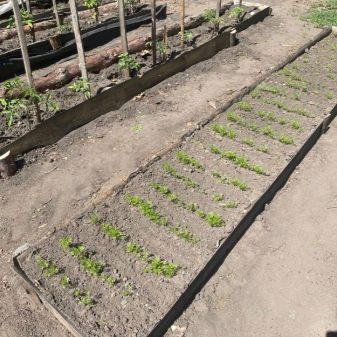
Farmers plant carrots in rows for subsequent mechanical processing.
Dry seeds
This is the classic and most common method and requires minimal effort on the part of the grower.
-
They make neat in the beds grooves 2–3 cm deep. The distance between them is 15–20 cm.
-
The grooves are spilled with hot water or "Fitosporin" solution, if not done in advance.
-
If during digging it was not brought in wood ash, then it can be poured into the grooves along with the tobacco dust.
-
The seeds are placed in prepared grooves and covered. It is customary among gardeners to compact the earth from above, but the more correct method is when the soil is compacted in a depression, and the surface of the bed is left loose. This technique guarantees easy biting of tender seedlings.

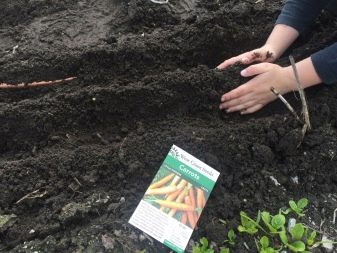
After that, you can cover the crops with agrofibre, which helps to retain moisture and creates a greenhouse effect. After the emergence of sprouts, the shelter is removed.
Granules
This method is the simplest one. When planting, pelleted (granulated) seeds are used. The manufacturer covers them with a special shell, consisting of nutrients and making the material larger. Such a technique reduces the consumption of seeds, but increases their cost and reduces the percentage of germination with a lack of moisture.

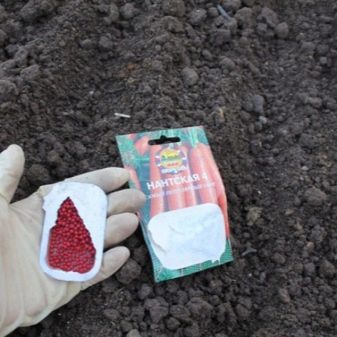
With sand
The method contributes to a more even distribution of seeds and reduces consumption. In this case, river sand is mixed with seed. Pour half of its volume into a small bucket. Add two tablespoons of seeds to it, mix well and then fall asleep in the grooves. Then sprinkle with earth and watered.
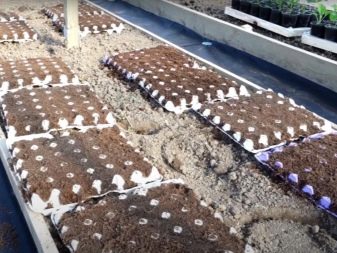
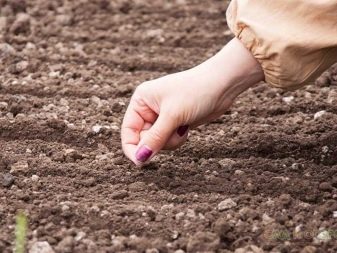
On toilet paper
More time consuming method, but popular. You don't need to use toilet paper for this method. Paper tape or strips of cut loose sheets will work. On sale you can find seeds pasted on paper, but the price of a package is much higher than for ordinary packaged ones.You can make such blanks yourself.
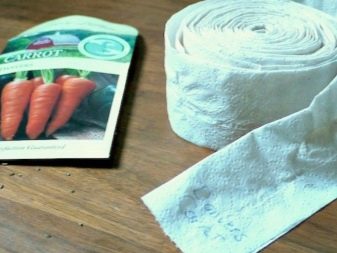
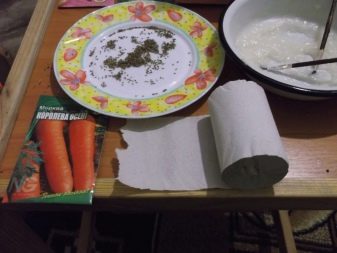
Landing on tape:
-
paste is boiled from starch or flour and left to cool;
-
meanwhile, the paper is cut into strips 2–3 cm wide and marks are made on the blanks at a distance of 5–6 cm;
-
the cooled paste is drip applied to the marks and the seeds are glued;
-
dried strips with seeds are wound on a base and stored in a dry place until planting.

On the prepared bed, groove lines are made and ribbons are laid out. The grooves are covered with earth and watered. The next watering is carried out after about half a month. The spacing between each seed on the paper tape can vary.
The size of the carrots and the desired distance between the roots are taken into account. A similar technique relieves the gardener from thinning carrots.
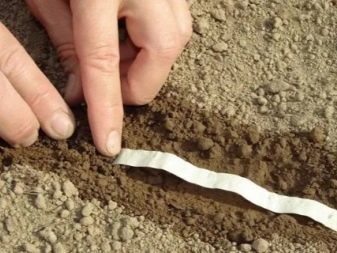
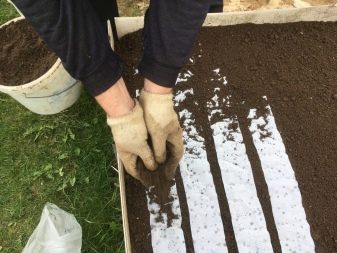
Into egg cells
The method of sowing in egg carton trays is less popular than those described above, however, it not only allows you to do without thinning, but also eliminates weeding. If the farm has a stock of such cardboard cells, then they can be used in this way, at the same time saving yourself from many garden procedures.
-
Sowing in trays is carried out a month before the planned planting in the garden.
-
The cells are installed in specially selected trays, small drainage holes are made at the bottom.
-
The soil is poured into egg trays and 2-3 seeds are placed in each compartment.
-
Further, regular watering is carried out, preventing the land from drying out.
-
After the seedlings appear, only one, the strongest, is left.
-
The workpieces are installed on the bed directly in trays, and in the future they will not have to be weeded and thinned out. In this way, you can sow carrots just before planting and set the cells in open ground, without waiting for shoots to appear. This will save living spaces from unnecessary seedling containers.
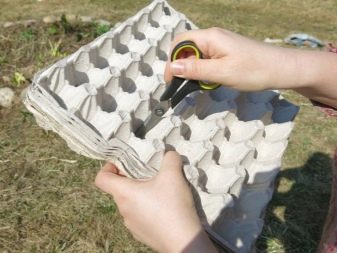
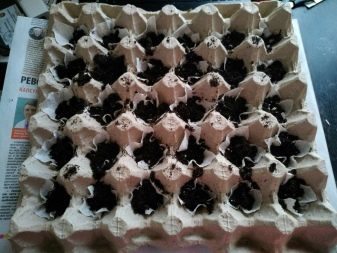
Sowing methods for carrots are variable, the main thing is to comply with the terms and the agrotechnical complex of measures in order to get a good harvest of tasty, juicy, healthy root crops in the fall.
Tricks of experienced gardeners
So that after summer labors in the garden, the carrot harvest will please the gardener, it is best to use some of the recommendations of experienced owners of garden and summer cottages.
-
To save carrots from pest damage, you can surround it with crops of onions and garlic from different sides. Such plantings make an excellent symbiosis in the fight against onion or carrot flies. Some people place onions and carrots in the same bed, alternating rows.
-
The crop can be used as a winter crop and get early root crops next summer. Autumn sowing is carried out 1.5 months before the onset of winter.
-
Vermicompost use when planting eliminates the need to feed during the season.
-
Excess moisture leads cracking carrots.
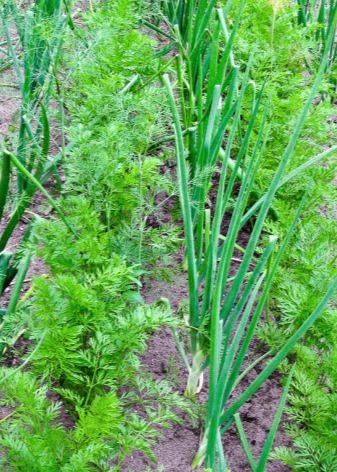

Carrots emerge much later than weeds, and so that early weeding does not harm future seedlings, marker crops should be used during sowing:
-
radish;
-
salad;
-
spinach.
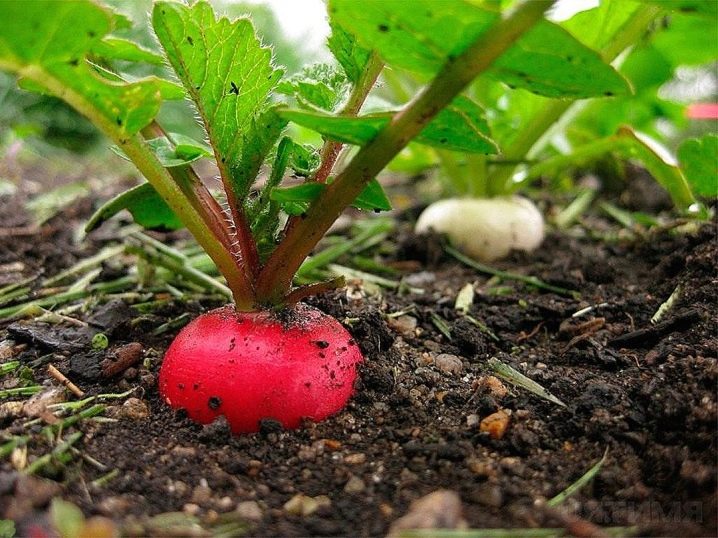
Their seeds are introduced into the same grooves. Having risen before the main crops, they will indicate the rows of future carrot seedlings. All these tricks are not difficult, but they are of great importance for obtaining a crop.
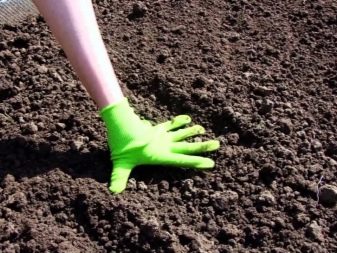
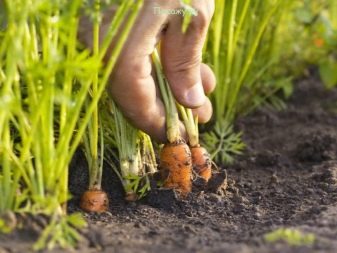













The comment was sent successfully.